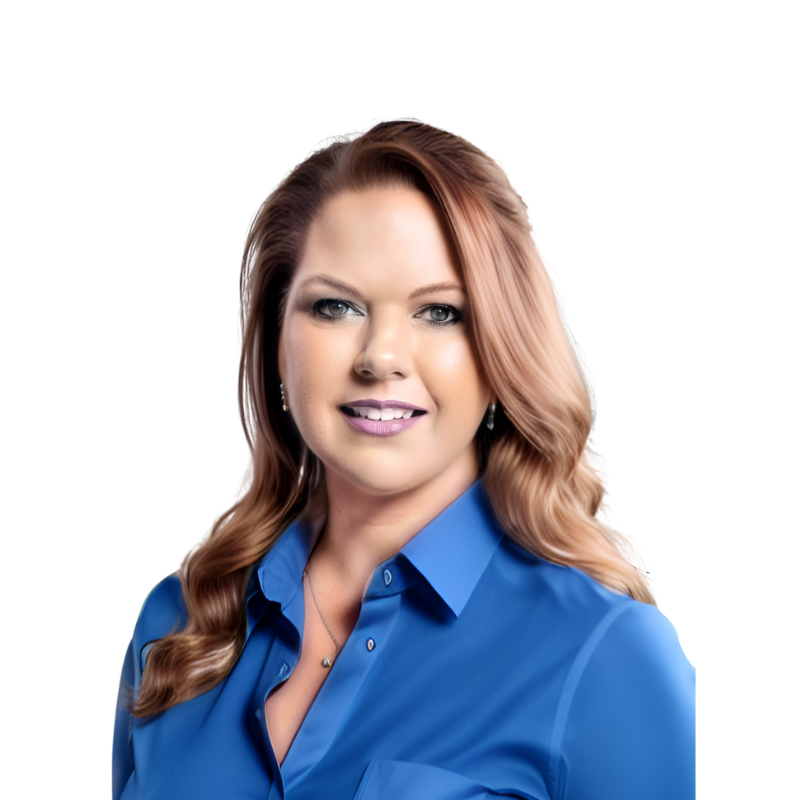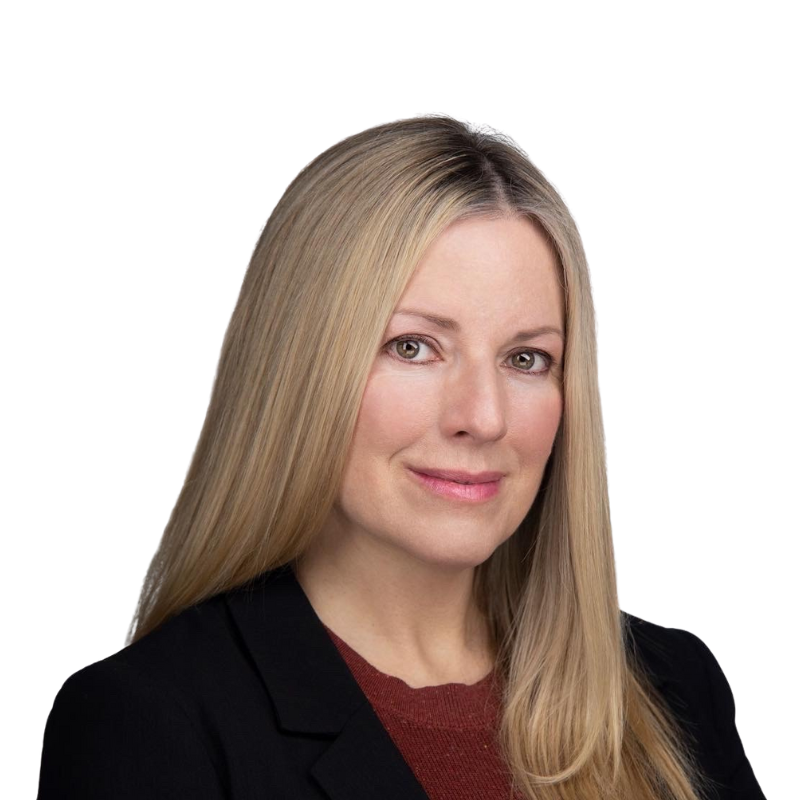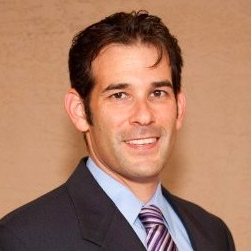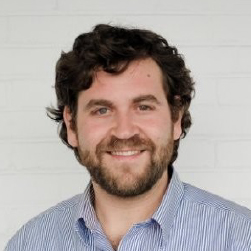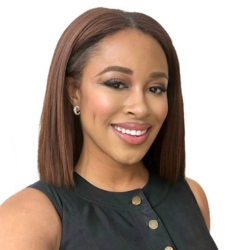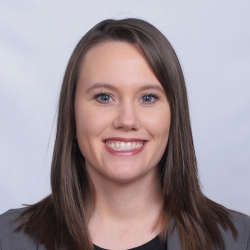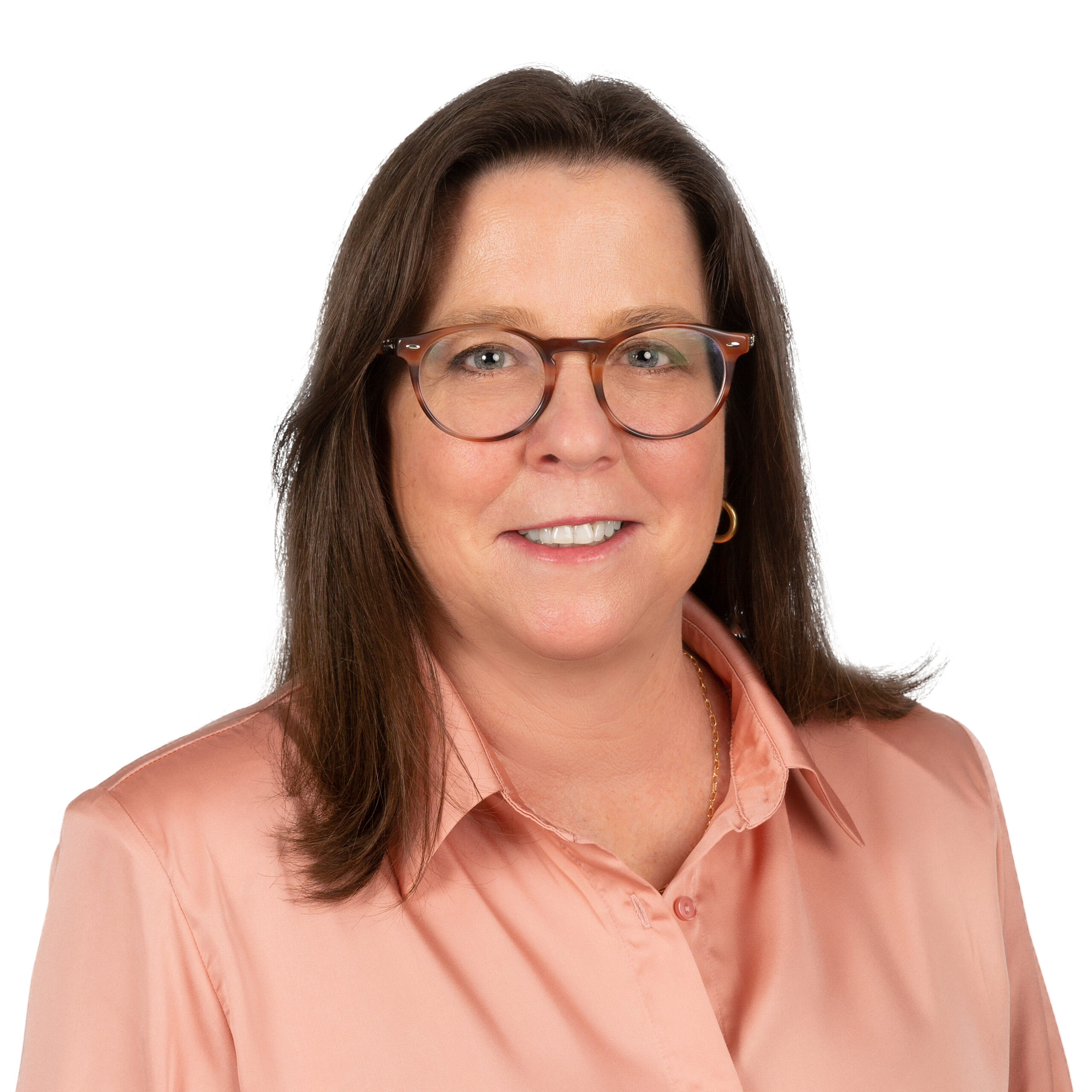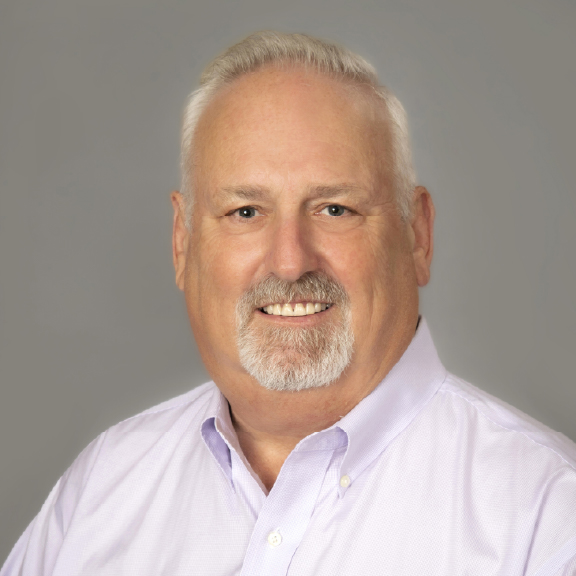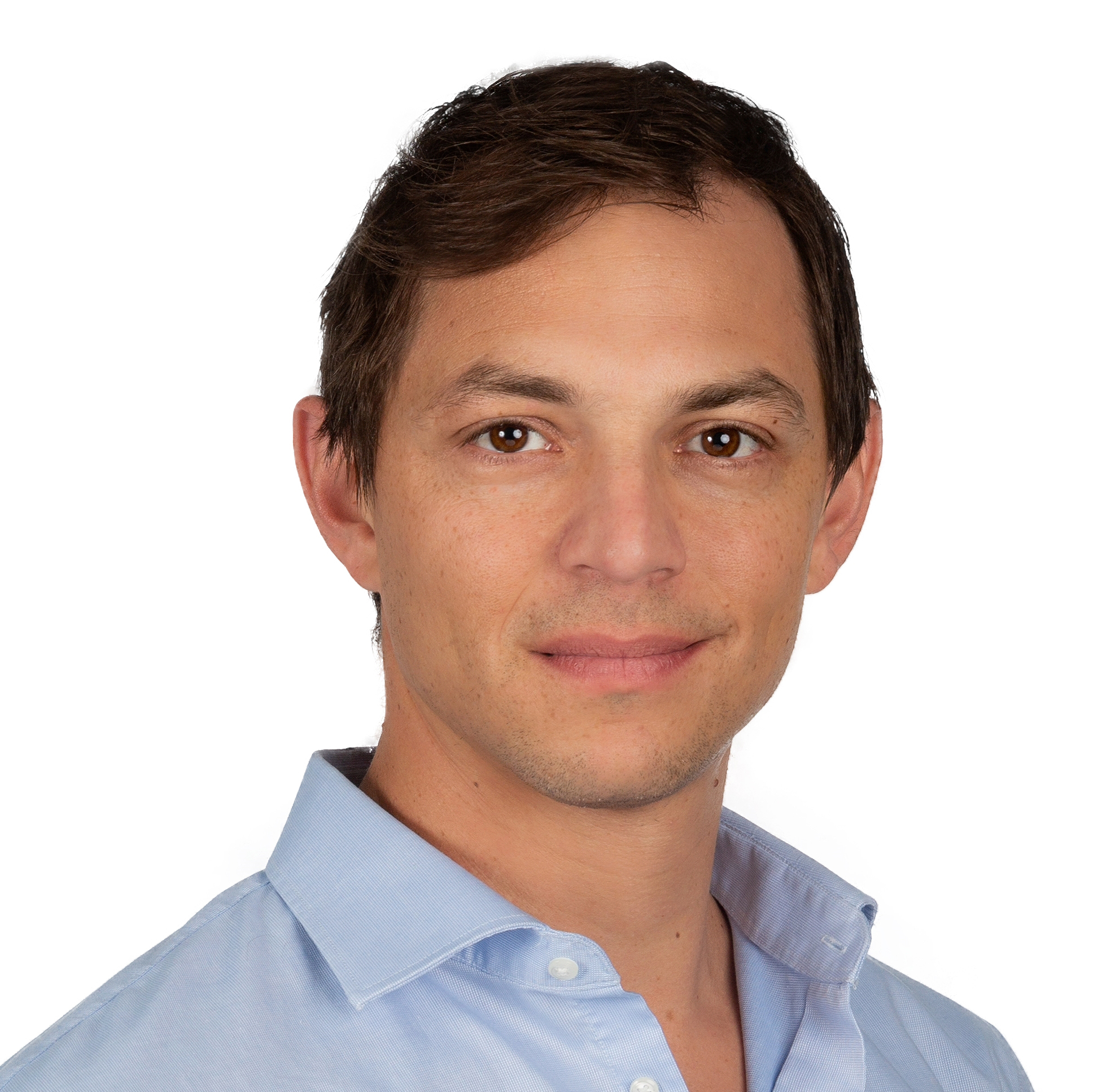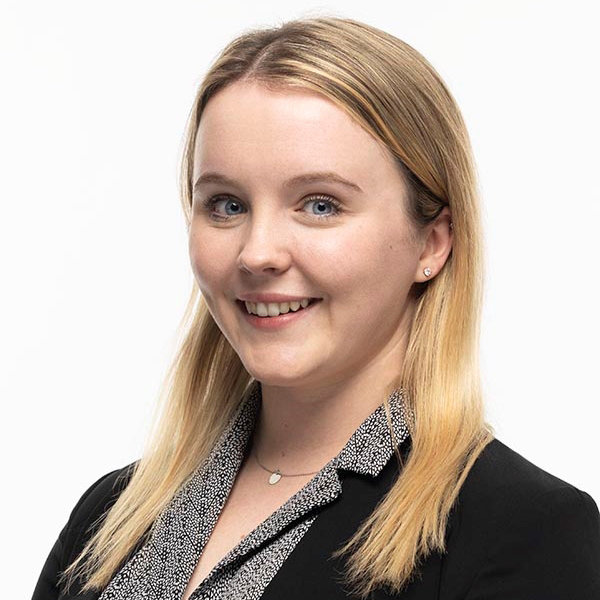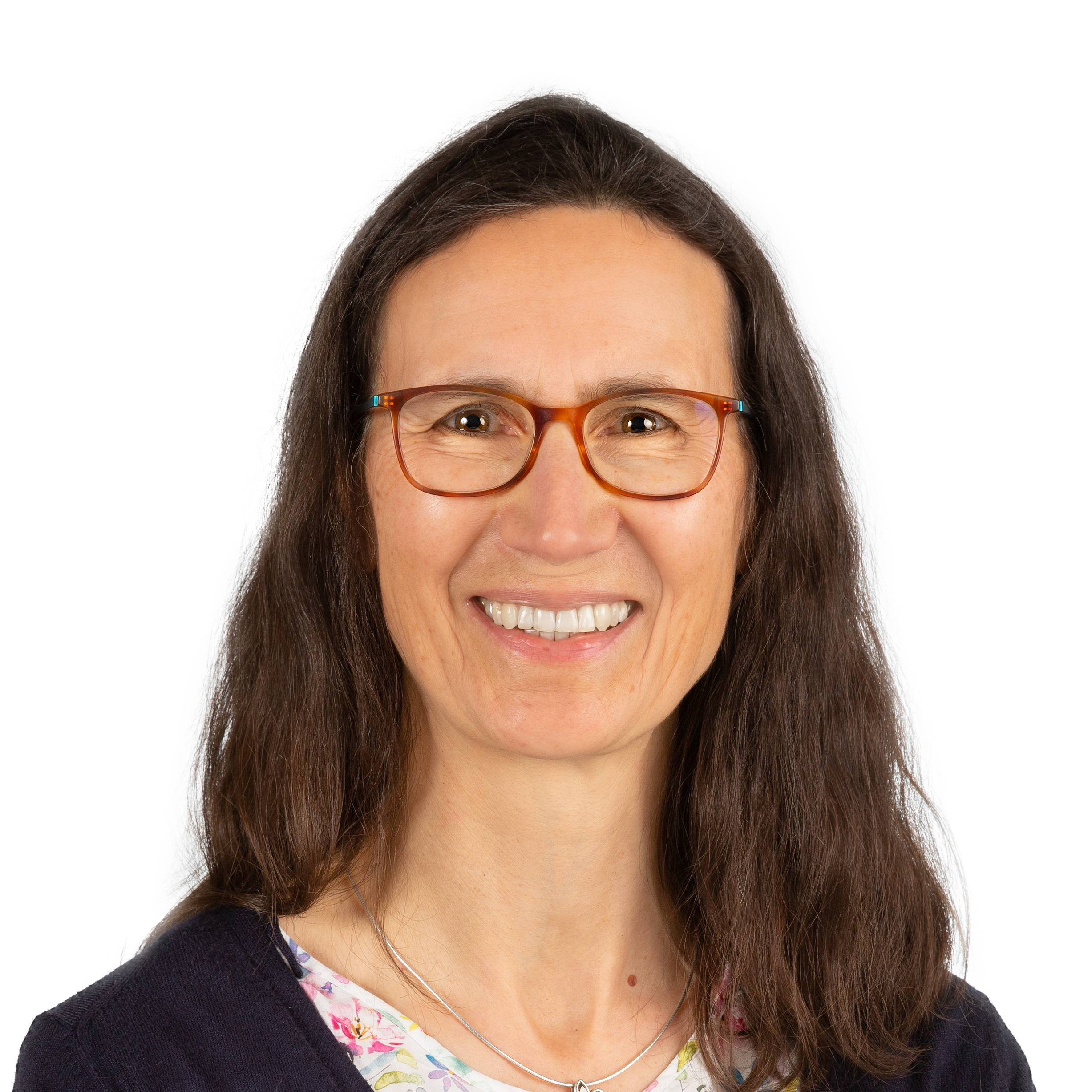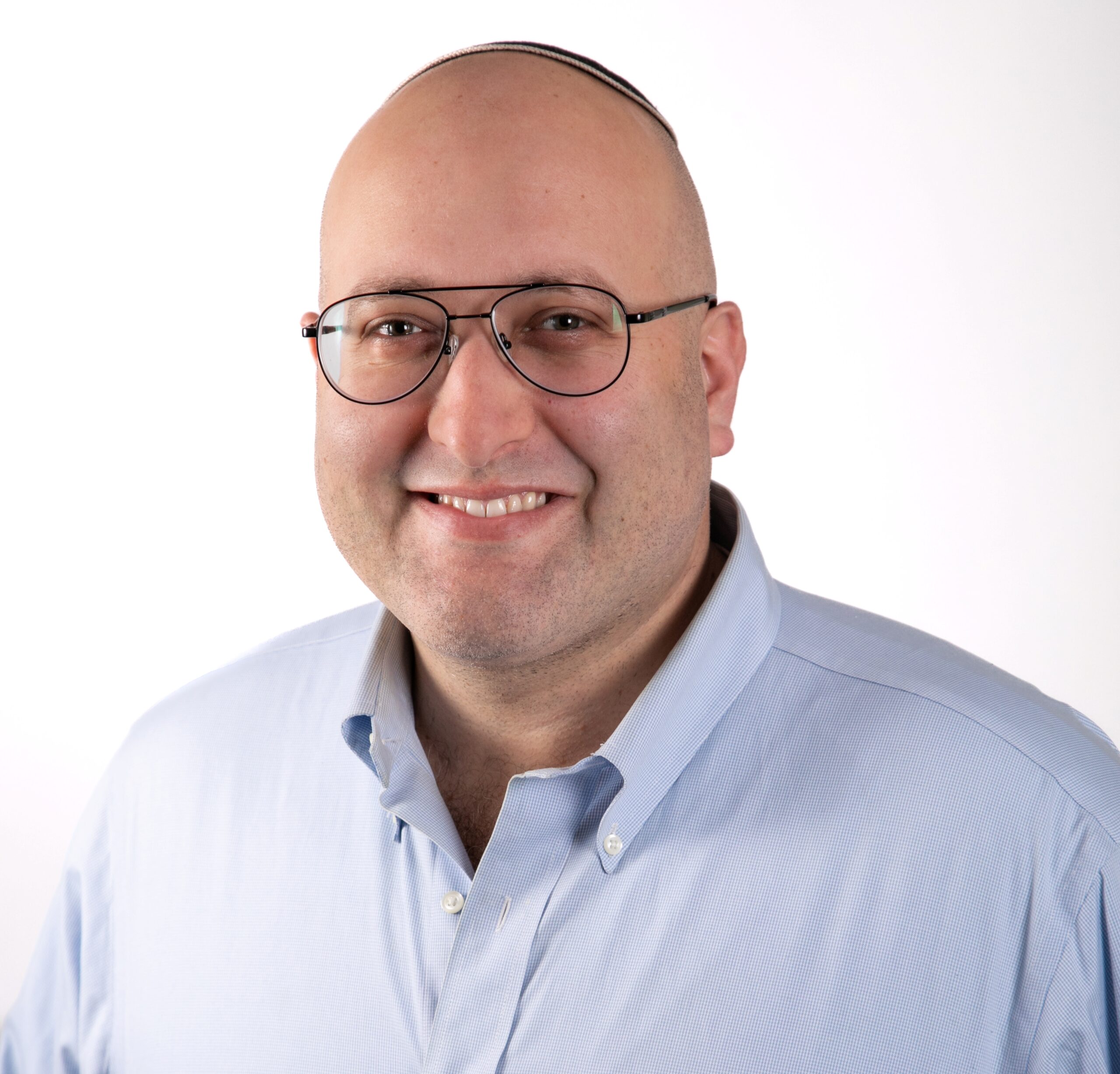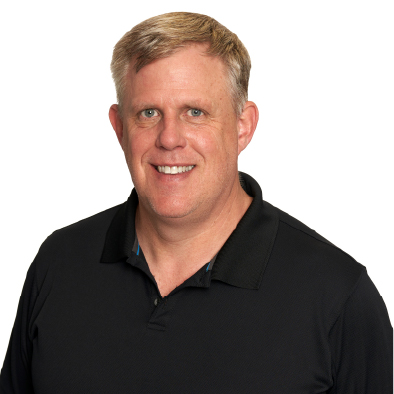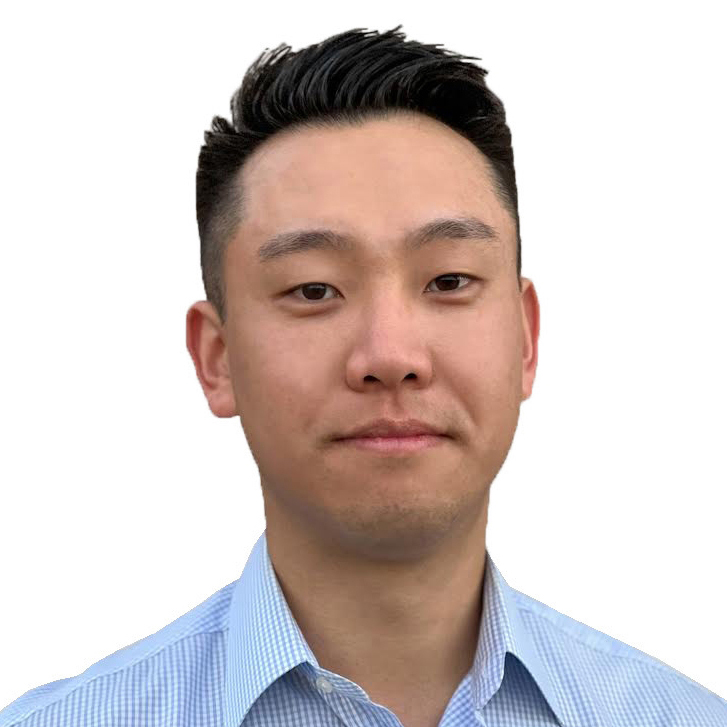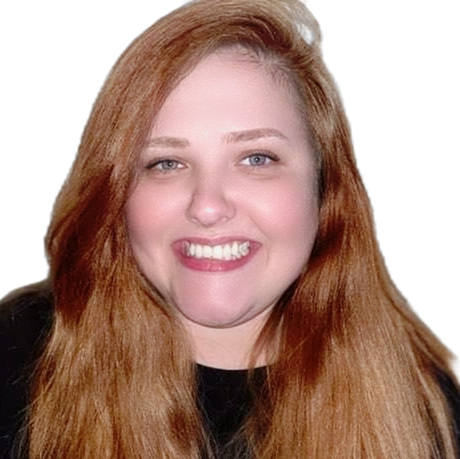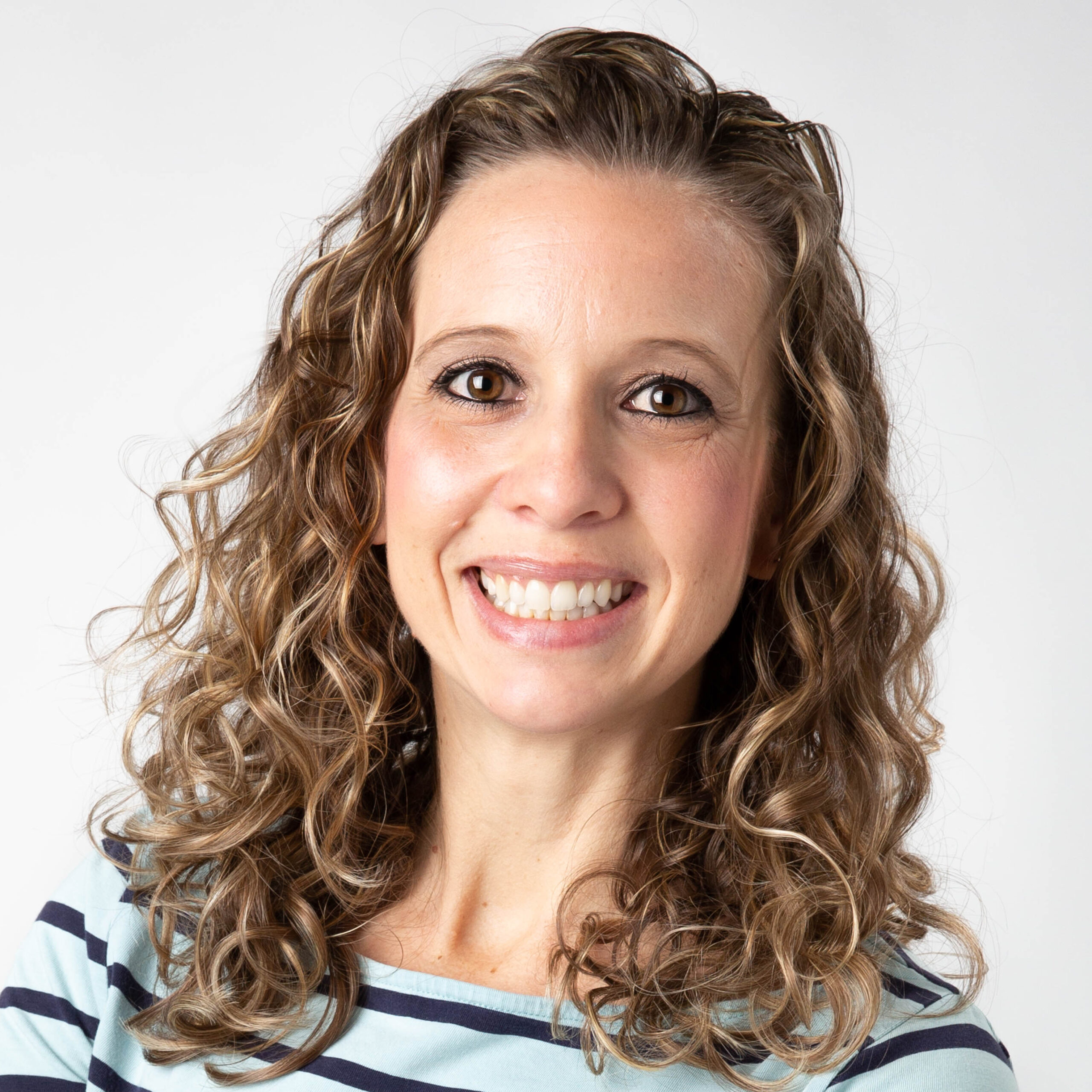Three Pillar Communities Principal Daniel Weisfield on business expansion strategies in this increasingly popular sector.
Currently in its third generation of acquiring, operating and developing manufactured housing communities, California-based Three Pillar Communities is among the top 50 owners of mobile home parks in the U.S. The company has just expanded outside the West Coast with four Texas communities, and Co-Founder & Principal Daniel Weisfield has no intention of slowing down, particularly as demand for affordable housing options is sky-high across The Lone Star State.
“We are very much in growth mode,” Weisfield told Multi-Housing News.
To find out more about the company’s expansion strategy within the Texas manufactured housing market, we asked Weisfield to weigh in on his latest business moves and how he’s breaking the decades-old stigma around this niche industry.
How would you describe your journey in manufactured housing investment?
Weisfield: I’m a third-generation mobile home park operator. My grandfather and my mom immigrated to the U.S. with nothing. My grandfather fixed wrecked junkyard cars to make a living and, eventually, he saved up enough to buy a mobile home park. My grandfather did everything with his own two hands, and he literally turned trash into gold. He was my hero. So the core values I learned from my family were hustle and grit.
Later, I was fortunate to get a JD/MBA from Yale, to work as a U.S. diplomat and to work at McKinsey & Co. So I’ve seen the ‘institutional’ world, and I’m grateful for the skills I learned there. But my family values shaped me more than my academic degrees. At the end of the day, I come from an immigrant Jewish family that taught me to be humble and work my tail off, and to try to create opportunities where other people don’t see them.
Today, most of Three Pillar Communities’ portfolio is on the West Coast. Why did you decide to enter the Texas manufactured housing market?
Weisfield: As a Californian, I am in awe every time I visit Texas. If Texas were a country, it would be the world’s ninth biggest economy. There is optimism about the future. New infrastructure is being built. Economic growth is legal, visible and encouraged. This is a cliché—and it is the reason so many companies and people are moving to Texas—but it is true.
When I’m in Texas, I see new four-lane highways getting built and I pinch myself. I see new schools and hospitals being built to serve people. I see hundreds of thousands of new housing units being built, which results in lower housing prices for people who need homes. None of this should be shocking in a market-based economy, but it is shocking to me because I come from a place where the market is not working due to social and regulatory choices. In California, we have spotty cell service because we can’t build new cell towers, and we have gnarly traffic jams because we can’t build new roads or train lines, and we have $1 million+ price tags on dilapidated houses because we can’t build new homes.
So, Three Pillar Communities made a deliberate decision to enter the Texas market because Texas has a major need for affordable housing, and Texas recognizes that private sector investment in housing is the most effective way for society to create an adequate supply of affordable homes.
You are employing an untraditional strategy in order to build scale in the Texas market. Can you explain your approach?
Weisfield: We knew we wanted to build scale in Texas, so we decided to enter the market by pursuing four different strategies simultaneously: acquiring existing mobile home parks; building new manufactured housing communities on raw land; performing third-party management for other mobile home park owners; and selling manufactured homes to consumers as a licensed manufactured home dealer.
On the existing parks acquisitions side, we closed six weeks ago on a 108-unit park in Corsicana that fell into disrepair under the prior owner. We will be bringing in new manufactured homes to fill vacant lots, rehabbing existing homes, rebuilding infrastructure and working with residents to improve community standards and curb appeal.
On the development side, we closed on our first greenfield manufactured housing development project in Texas—outside Austin—about a month ago. That project is called Blue Sky Estates and it is located in Jarrell. We are also pursuing land use approvals for a new 200-unit community in San Antonio, and we are in discussion regarding a potential new 500-unit community outside Dallas.
On the third-party management side, we started managing two parks for other community owners on May 1. One is a 57-unit park in Ennis. The other is an 87-unit park in Joshua.
And finally, on the dealership side, we’ve obtained our state-issued license to sell manufactured homes in Texas, and we’re working on ramping up that business, which has obvious synergies with the parks business.
What are the most difficult aspects of building manufactured housing communities from the ground up?
Weisfield: Manufactured housing is the most stigmatized and most misunderstood type of housing that exists. So our biggest obstacle to developing new parks on raw land is obtaining local land use approvals, which requires us to educate local folks about what we are really creating.
In reality, we build top-quality neighborhoods that enable our residents to build wealth and stability through homeownership. Our homes look like conventional site-built homes, and they often have beautiful modern kitchens, granite countertops, stainless steel appliances and three bedrooms and two bathrooms. There is a massive social need for our product, and we provide a solution that helps communities solve their housing affordability problem.
But we have to fight an uphill battle to educate municipalities about the reality of our product. We are constantly fighting against outdated stereotypes about “trailer parks.” The new manufactured homes we are installing in our communities in 2022 do not look anything like 1960s aluminum “trailers!”

The MHC stock in the U.S. is quite old, with most homes requiring significant investment in infrastructure, roads, home removal and lot redevelopment. What do you usually do to upgrade an old manufactured housing community?
Weisfield: We’ve developed a playbook for reviving older manufactured housing communities, which provide a crucial source of housing stock. Our Chief Operating Officer Corey Wikstrom has done this successfully at hundreds of manufactured housing communities all over the country.
First, we focus on implementing basic professional management practices, including training a professional community manager, rolling out up-to-date leases if needed, and implementing digital rent collection—which includes cash payment options for unbanked residents. Second, we focus on showing residents our commitment by upgrading common areas and fixing park infrastructure. Third, once we’ve demonstrated that we will do our part as the community owner to upgrade the parts of the community that are within our control, we ask the residents to do their part in the parts of the community that are within their control, which means complying with the community rules and regulations that they signed up for when they moved in.
What are your plans going forward? Are you also looking at manufactured housing investment opportunities in other Texas metros or in other southern states?
Weisfield: Yes, we are looking at MHC opportunities in other Texas metros, as well as in other southern states, but in reality we’re looking at MHC acquisitions on a national basis. Initially, we thought it would make sense to screen by market, and then analyze individual deals, but we’ve actually learned that we’d rather see properties in every market, and then quickly determine whether the deal’s risk and return make sense, based on the asset profile and the market profile.
For example, if we’re going to pursue a new park development project on raw land, we’re going to need to see strong population growth in the market to ensure that we can sell new homes. For a stabilized park, we’ll be comfortable with flatter population trends.
We also don’t want to screen out opportunities in less landlord-friendly states like California, Oregon, Washington, Colorado and the northeastern states. We are responsible manufactured housing operators, so we are comfortable operating within a more restrictive regulatory environment, as long as the risk and return make sense.

